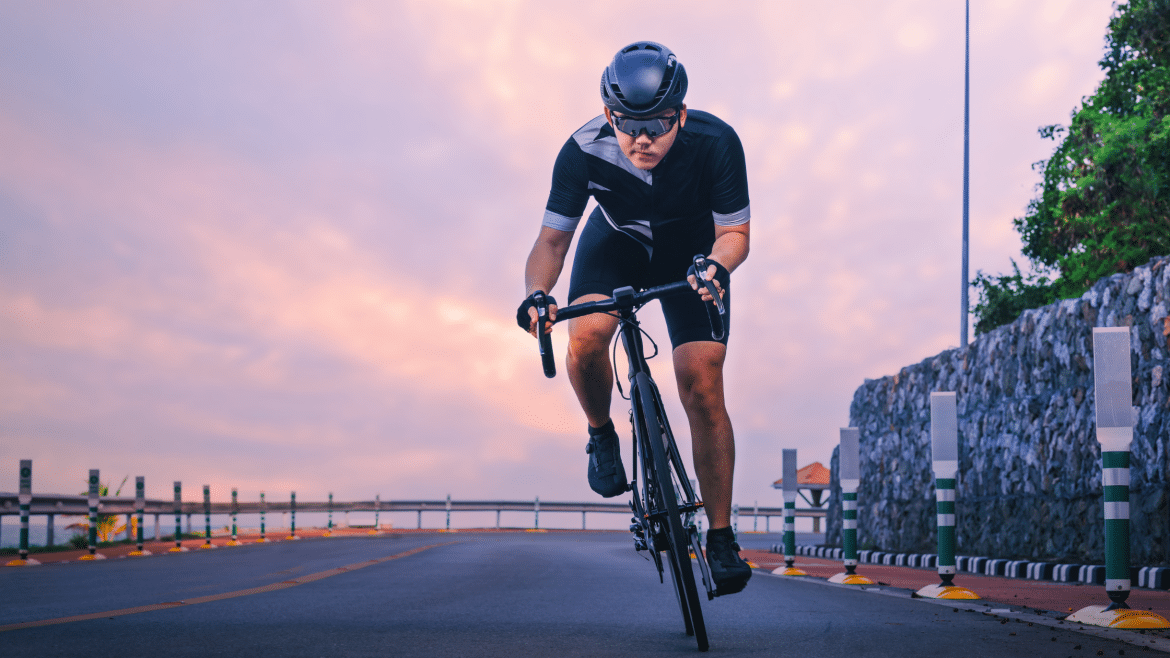 Jun
29
Jun
29
Is Windproof Sportswear Necessary for Runners and Cyclists?
- 29 June 2025
- 0 Comment(s)
Zipping on a windproof jacket before a winter run or bike ride tends to be a matter of flipping a switch. That blustery wind? Virtually irrelevant now. Muscles are kept warmer, strides are silky smooth, and the chill that used to cut straight through your underlayer is no longer a match for you. There is more to windproof sportswear being a luxury than just being necessary for runners and cyclists who train or commute under unpredictable weather conditions.
An optimal choice of gear can sometimes mean the difference between a good and a bad workout, and windproof layers fulfill a specific purpose. Let’s get straight into this trivia on five tried-and-tested advantages of windproof sports clothing for runners and cyclists, and see how these additions can be the difference-maker in your training sessions or daily commutes.
5 Proven Benefits of Windproof Sportswear for Runners and Cyclists
Protection from Chill Wind
Strong winds not only drain body heat but also interfere with muscle performance. This makes wind one of the most underestimated performance barriers in outdoor exercise. Windproof jackets and gilets create a barrier that prevents cold air from penetrating your clothing system.
Many cyclists and runners find that a windproof outer layer, combined with proper insulating layers, helps retain their core heat and keep their skin dry. In various online forums, the agreement is the same: windproofing isn’t only about repelling gusts, it assists in maintaining internal heat by locking out cold air and retaining warm air. That thermal stability makes a significant impact when travelling far.
Lightweight and Versatile
Bulk jackets can provide insulation, but they limit movement and feel stifling once your body heats up. Windproof running gear and cycling clothing get it just right, lightweight, and high-performance. Many windproof layers weigh under 200 grams and can be neatly folded into a pocket or small case.
A hill-climbing cyclist can begin with a zipped-up jacket and shed it after the body warms up, all thanks to its compact, stowable nature. Gilets, especially, are convenient. They cover the chest while permitting ventilation via the arms, providing perfect temperature control.
Safety Features
Visibility for early morning or late-night workouts usually poses a problem. Most windproof jackets are now designed with reflective panels or trims that increase safety without sacrificing comfort. Some models also come with 360-degree visibility features that provide coverage on all sides.
A notable example is designs where reflective yarn is incorporated into the outer layer, minimising the requirement for additional visibility clothing. Protecting against wind, these also keep you visible to road traffic, other road users, and pedestrians, a key benefit for the darker winter months.
Better Comfort in Cold Weather
The dry and cold air may easily suck moisture out of the skin making it uncomfortable. However, not every outerwear item copes with this problem. The perfect windproof material should be breathable, allowing sweat to evaporate and preventing cold air from entering.
Plastic raincoats or heavy winter shells, while protective, tend to be non-breathable. They therefore cause overheating and wetness. Technical windproof clothing, on the other hand, tends to incorporate sophisticated membranes that permit vapour to pass through while retaining insulation. These conditions provide steady comfort during a run or ride, regardless of variations in body temperature.
Increased Performance
Turbulence, such as that experienced when cycling or running, may affect the pace and stamina. An outer garment that is light and aerodynamic reduces drag, allowing a more efficient movement and better utilisation of energy. Such reduction of wind contact helps to enhance the muscle work and reduces the risk of cramps or fatigue.
The majority of endurance athletes rely on windproof gear when participating in long-distance competitions or testing mixed surfaces. It heats their muscles, deters rigidity, and enhances cardiovascular health. In one word, it keeps the rhythm, and rhythm drags you along.
The Bottom Line
Smart layering results in better performance, more comfort and fewer distractions due to weather. The windproof sportswear makes the calculation easy, guards the outer body against external chills, permits the circulation of heat inside the body, and possesses flexibility when required.
Windproof jackets, gilets, and vests are not accessories. They’re gear. Runners with windy routes or cyclists who face headwinds appreciate gear that protects without constricting their movement. Take TD Sportswear, for example, they design premium custom sportswear that fits like a second skin and pairs effortlessly with your go-to trainers or cycling kit. Add a solid windproof layer on top, and you’re ready to face the seasons head-on, with zero fuss and all function.
Frequently Asked Questions About Windproof Sportswear
Is windproof clothing good for running and cycling?
Yes. Windproof jackets keep out cold air and still permit heat and moisture to escape. Lightweight construction also enhances comfort in use.
Should runners wear windproof jackets?
Yes. Runners can benefit from using jackets that help preserve body warmth in windy or cold weather, particularly during morning training sessions or winter workouts.
Do cyclists need windproof layers?
Yes. Cyclists experience extreme wind resistance on downhills and extended tours. Windproof jackets or vests regulate temperature and minimise physical stress.
What is the difference between windproof and waterproof activewear?
Windproof equipment resists wind while being lighter and more breathable. Waterproof equipment resists rain and is often heavier, sometimes at the expense of breathability. Choose based on anticipated conditions.
